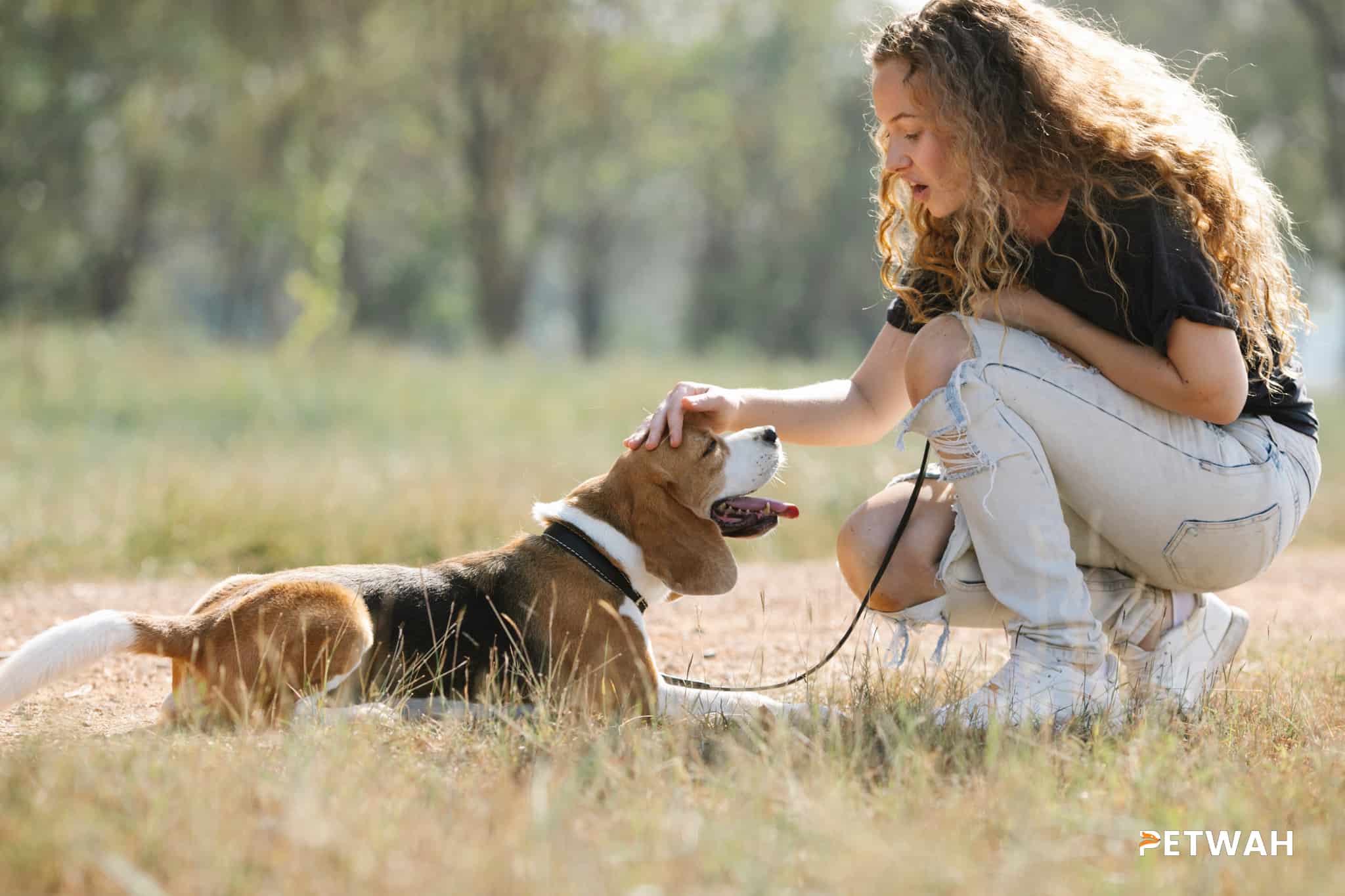If you’ve just brought home a German Shepherd puppy, you’re probably excited and a little nervous about all the training that lies ahead. One of the most important aspects of your puppy’s development is learning to be comfortable with different textures. This is not only crucial for their overall confidence, but it also helps to prevent unwanted behaviors like chewing or digging. Fortunately, with the right approach, you can teach your German Shepherd puppy to be comfortable with different textures in just two weeks. In this blog post, we’ll guide you through the steps you need to take to ensure your puppy is confident and happy with any texture they encounter.
Texture Training: A Guide to Teaching Your German Shepherd Puppy to be Comfortable with Different Textures in Just Two Weeks
Welcoming a new puppy into your home is an exciting time, but it also comes with a set of responsibilities. One of those responsibilities is to train your puppy to be comfortable with different textures. This is especially important for German Shepherds, as they are active and adventurous dogs that will encounter various textures throughout their lives. In this blog post, we will guide you on how to teach your German Shepherd puppy to be comfortable with different textures in just two weeks.
Why Texture Training is Important
Texture training is an essential aspect of puppy training as it helps your German Shepherd puppy to become more adaptable. Texture training will help your puppy to become more confident when encountering new textures, whether it’s on the ground, objects, or even people. Texture training also helps to prevent your puppy from developing a sensitivity to certain textures that could lead to fear, aggression, or anxiety later in life.
Understanding Your Puppy’s Sensory Development
Before we dive into the texture training process, it is essential to understand your puppy’s sensory development. Puppies are born with a limited sense of sight, hearing, and smell, and their senses develop quickly during the first few weeks of life. By the time your puppy is eight weeks old, their senses are fully developed, and they are ready to learn about the world around them.
During the first few weeks of life, puppies rely heavily on their sense of touch and taste. They use their sense of touch to explore their environment and communicate with their littermates and mother. As a result, texture training during the first two weeks is crucial to helping your puppy develop their sense of touch and become more comfortable with different textures.
How to Teach Your German Shepherd Puppy to be Comfortable with Different Textures
Step 1: Introduce Your Puppy to Different Textures
The first step in texture training is to introduce your puppy to different textures. You can start by placing various textures on the ground, such as a rug, grass, sand, or tile. Encourage your puppy to walk on each texture by using treats or toys to lure them. Praise your puppy for walking on each texture, even if they are hesitant at first.
 - Copy.jpg)
Step 2: Introduce Your Puppy to Textured Objects
Once your puppy is comfortable walking on different textures, it is time to introduce them to textured objects. You can use objects such as textured toys, brushes, sponges, or even food with different textures. Introduce each object one at a time and allow your puppy to explore it at their own pace. Praise your puppy for interacting with each object, even if they are hesitant at first.
Step 3: Increase Exposure to Different Textures
As your puppy becomes more comfortable with different textures, it is time to increase their exposure to new textures. Take your puppy on walks on different surfaces, such as concrete, gravel, or dirt. Allow your puppy to explore different textures with their paws, nose, and mouth. Provide positive reinforcement and praise your puppy for interacting with each texture.
Step 4: Incorporate Texture Training into Daily Activities
Incorporate texture training into your daily activities with your puppy. For example, you can use textured toys during playtime, or you can feed your puppy food with different textures. You can also incorporate texture training into obedience training by rewarding your puppy with treats or praise for responding to different textures.
Step 5: Be Patient and Consistent
Texture training takes time and patience, so be consistent in your training efforts. Continue to expose your puppy to different textures and praise them for interacting with each texture. As your puppy becomes more comfortable with different textures, gradually increase the level of difficulty and introduce new textures.
Conclusion
Texture training is an essential aspect of puppy training, especially for German Shepherds. By teaching your puppy to be comfortable with different textures during the first two weeks, you can help them become more confident and adaptable later in life. Remember to be patient and consistent in your training efforts and provide positive reinforcement for your puppy’s progress. With the right training, you can help your German Shepherd puppy become a confident and well-adjusted adult dog.
Teaching your German Shepherd puppy to be comfortable with different textures is an essential part of their training. By following the tips and techniques outlined in this guide, you can ensure that your puppy becomes confident and comfortable with different textures in just two weeks. Remember, patience, consistency, and positive reinforcement are the keys to success. With a little effort and time, you can help your puppy develop the skills they need to thrive in their environment. So start texture training today and watch your puppy grow into a happy and confident adult dog!


%20-%20Copy.jpg)
.jpg)
.jpg)

.jpg)
%20-%20Copy.png)
%20-%20Copy%20-%20Copy.jpg)